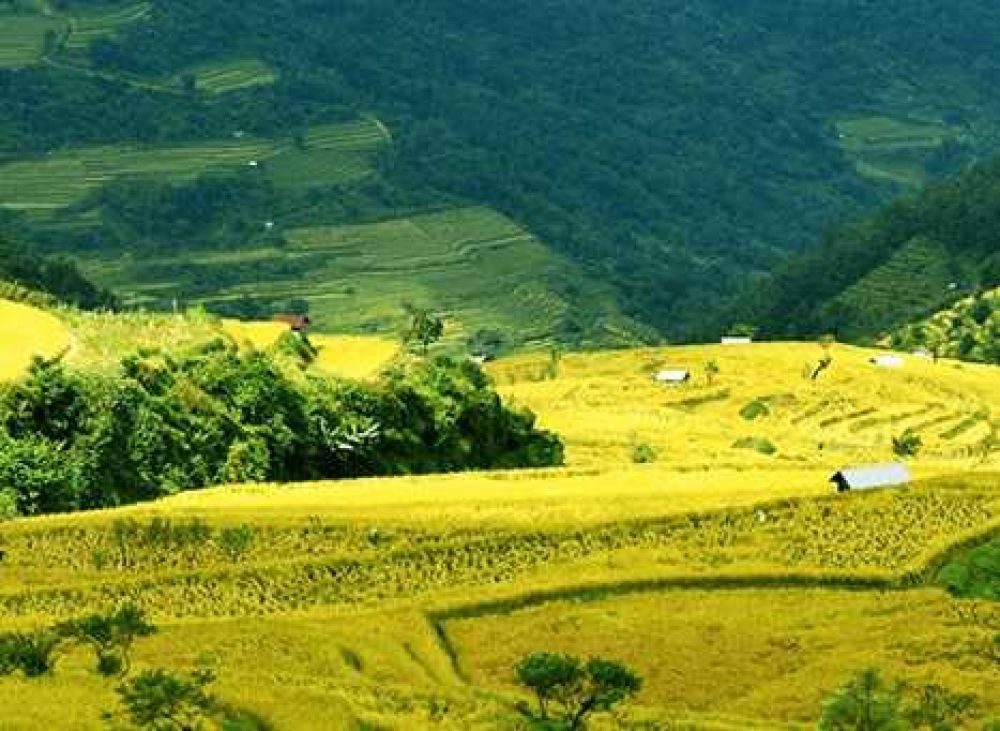

Located in the heart of the northeastern state of Manipur, the quaint village of Purul stands nestled within the lush green hills of the Senapati district. This serene village is a treasure trove of vibrant culture, traditional folklore, and breath-taking landscapes. Although not traditionally known as a tourist hotspot, Purul has gradually become an intriguing destination for those seeking an experience off the beaten path.
Purul's journey in tourism is fairly recent. It was not until the early 2000s that the potential for tourism in the area began to be explored. Initially, the inflow of visitors was primarily researchers and anthropologists, eager to study the unique cultures and traditions of the indigenous Naga tribes. It was the simplicity of life, the rich cultural tapestry, and the pristine environment that caught the attention of the broader tourism industry.
The state government, along with local communities, recognized the potential to foster sustainable tourism. They started taking initiatives to promote Purul and the surrounding region. Traditional homestays began to emerge, offering visitors an authentic experience and a taste of local hospitality. Cultural festivals celebrating dance, music, and customs proved a fertile ground for attracting tourists seeking authentic cultural exchanges.
In recent years, Purul has witnessed a new wave of tourism trends centered around sustainability and community-based tourism. This shift is aimed at preserving the environment and ensuring that tourism benefits the local community directly.
The future of tourism in Purul appears to be bright, with a focus on developing infrastructure while keeping sustainability at the forefront. The local government and communities are working together to ensure that the benefits of tourism are distributed equitably, and that the cultural and natural heritage of Purul is preserved for future generations.
As travel trends continue to evolve, Purul is adapting to offer a compelling blend of tradition and modernity, peace and adventure, all within the serene backdrop of one of Manipur's most picturesque landscapes. As more travelers seek out destinations that offer experiences rather than just sights, Purul's potential for growth in tourism seems poised for an uptrend, promising a better economic future for its residents while safeguarding its pristine beauty.
In conclusion, while Purul might not have a long history in tourism like some of the more popular destinations, it certainly is making its mark in the tourism landscape of India by providing a unique blend of culture, nature, and adventure.